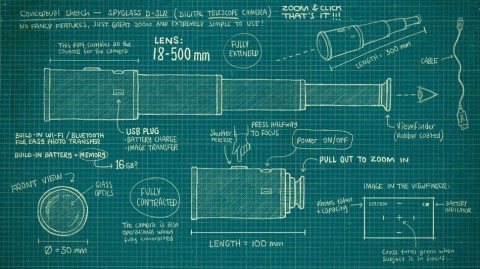Joaquim Marquès Nielsen har i sin egenskab af grafisk designer, konceptudvikler og animator løst flere opgaver for Danmarks Radio. Han har i alle henseender været en udtalt fornøjelse at arbejde sammen med, og det er slående hvor ekvilibristisk, disciplineret og selvstændigt han går til sagen – ikke mindst fordi han ikke engang havde afsluttet sin uddannelse da vi hyrede ham. Blandt andet har han designet og eksekveret en såkaldt “spip”, en kort animation, der blev brugt som et effektfuldt punktum for vores programmer til de unge seere.
Jeg giver hermed Joaquim Marquès Nielsen mine varmeste anbefalinger. Hvis ovenstående ønskes uddybet står jeg naturligvis til rådighed. - Mads Brügger, Danmarks Radio
I like working with Mr. Marquès Nielsen because of the certainty of uncertainty. You give him a task and you receive a result you didn't expect because of his own ambitions. You can be sure that he will raise the bar - and do it with a smile. I recommend him to people who are looking for graphic design and moving images with artistic aspirations delivered on time and on budget. - Carsten Borch (Idékaptajnen).
Jokke, as I have learned to call him, is very good at listening to what you want him to do. He asks a lot questions to make sure he knows exactly how you want the finished work to be like - and then he takes it to the next level. Sometimes the results are exactly as you wanted, and other times he's made something you'd never expect - but in a good way. I can highly recommend Jokke and his work, basically because you get more than what you pay for. - Chris Bjerremose (aka Bazh).
Joaquim has always been incredibly talented and creative. I remember when we were in high school, he would spend all of the breaks in front of the computers working on his video “Hjælp Mig Pia”. The result was amazing. I have never laughed as much as I did when I first saw the video. - Mathias Søndergaard.
I met him on the Internet portal blogtv.com. I haven't known him for long, but first of all he's funny, secondly he's creative and thirdly he's a joker. I think I found a good contact person in Denmark. It is nice to know that he exists. God bless you Joaquim. - Evrim Kutay.



 Tillykke Line
Tillykke Line









3 Responses to Concept: Telescope DSLR